The charming East Sussex village of Ditchling lies at the foot of the South Downs, its narrow streets lined with ancient houses and pubs. For much of the 20th century it was home to a community of artists and craftsmen, the most famous of whom are Eric Gill and David Jones, master and pupil. In 1985, two sisters, Hilary and Joanna Bourne, founded a museum to preserve and celebrate the wealth of local creativity. It is this museum that reopened at the end of September after a major overhaul and redevelopment by Adam Richards Architects. The results are very fine indeed: this is one of the loveliest small museums I have visited, the lucid spaces well laid out, the plan and the detailing equally considered. The new museum is a welcoming building with a beguiling air of good fellowship and a pervading belief in the value of a shared culture.
The visitor enters through what was once a cart lodge and is now opened out to reveal its structure to the coffee-drinkers and cake-munchers: a homely yet actually quite grand arrangement of oak beams, flint-and-lime mortar walls and slate floor. The wooden furniture is English-made, the cutlery by Robert Welch, the mugs by the Big Tomato Company of Stoke-on-Trent. The café doubles as a shop with a good selection of related publications and artefacts, and home accessories by Another Country. Up a few steps and you enter the museum proper and an introductory display in a beautiful high space that features a modest cabinet of curiosities. Among the objects gathered here are shepherds’ crooks, vegetable dyes and a hackle — a slab of spikes like a fakir’s bed. This was fixed to a wall in weaving and dyeing workshops: the spikes were heated and fleeces drawn through them.
The next room is actually the long main gallery, but I diverted first into the Print Gallery, which is arranged around an old iron Stanhope Press, the very machine used by St Dominic’s Press, founded in Ditchling in 1916 by the printer and poet Hilary Pepler. A word here about the Guild of St Joseph and St Dominic, a religious fraternity for those who worked with their hands, and established in 1921 by Edward Johnston, widely regarded as the father of modern calligraphy, Eric Gill (Ditchling resident 1907–24) and Pepler. It was founded as a Roman Catholic community, based on the idea of a medieval guild as interpreted by the Arts & Crafts movement. This experiment in communal living, a fusion of work, faith and domestic life, lasted until 1989, when the Ditchling property was sold off and the remaining members dispersed. Gill and Jones had moved on long before, but the shared values had endured. Ewan Clayton, the last member to join (in 1982), has described Ditchling as ‘a place, a community of persons and a guiding dream’.
Making things (either for use or contemplation) was central to the Guild’s ethos. Clayton has written: ‘If all went well, the thing made and the process by which it was made all gave glory to God; they were a kind of praise, a practice of prayer and mindfulness.’ David Jones, drawn to the Catholic religion, first visited Ditchling in 1921 to talk about faith. He duly converted, became a Dominican and came to live at Ditchling, where he learnt wood engraving and carving, and how to letter. There’s a Jones wood engraving of the Downs in one of the books on display in the Print Gallery, along with such lovely little publications as Ethel Mairet’s Vegetable Dyes. Here, too, is the magnificent ‘Cantica Natalia’, a folio of Christmas carols, looming large among the various cases of type.
There is a faintly sacerdotal air to the Main Gallery, as if visitors are celebrants of some arcane mystery — perhaps the mystery of art and life. But this is by no means off-putting and the chapel-like quality to the space is appropriate. On one side is a loom made by George and John Maxwell, with a range of textiles nearby including a short-sleeved cotton jacket by Ethel Mairet, hand-spun, hand-woven and dyed with vegetable dyes. Adjacent is an engaging collection of wooden buttons, carved, inlaid and poker-worked by Frank Partridge, Mairet’s brother. There are carved and lettered signs, and a large standing cabinet devoted to Gill’s sculpture, which includes a brass figure of Christ the King, a pewter icon and a painted plaster Madonna and Child (with a bronze version). Edward Johnston’s sloping desk contrasts with a group of Gill’s childhood drawings.
One of the pleasures is discovering artists admired elsewhere but not always identified with this context: for example, Frank Brangwyn, Edgar Holloway and Charles Knight. All are represented by fine things, but my interest was focused even more intently on David Jones — oddly enough one of the most underrated painter/writers of the last century. There’s an exquisite profile drawing of him by Gill, in pencil and coloured crayon from 1921, a carved boxwood bear by Jones himself and a sheet lettered by him with Latin text. Enough to whet the appetite, but then there’s so much to see by others such as Joseph Cribb (a stone carving for the Stations of the Cross) and John Skelton’s moving memorial plaque for Eric Gill. I liked the pair of chapel candlesticks by George Maxwell and the planished copper and bronze head by Dunstan Pruden. His jewellery, including a galleon brooch (reproductions for sale in the museum shop), a phoenix pendant and a wave brooch, is unusual and memorable.
On the other side of the room is the Spotlight Gallery, a focus display featuring an embroidered needle-case by Amy Sawyer and a ravishing jacket with an appliquéd landscape design, offering the chance of ‘wearing the downs upon thy breast’. This corridor space debouches into the Reading Room and thence into the Parlour, where the visitor is invited to remember the Bourne sisters who started it all. A well set-up and spacious Learning Centre completes the building’s public spaces. The only thing I felt the need for was an illustrated souvenir guide, which I hope the curatorial team will get around to publishing in due course.
The museum is situated to one side of the village green below St Margaret’s Church, where examples of the Guild’s work may also be seen (Charles Knight designed the east window, and the oak screen was carved by Joseph Cribb in memory of Louis Ginnett). Ditchling is a delight to visit and the museum is open most of the time (closing over Christmas and into the New Year: www.ditchlingmuseumartcraft.org.uk for details). It is an independent charity that does not receive government or local authority funding, so is especially deserving of our support. More than that, it is a source of both pleasure and uplift — a place to return to.
Got something to add? Join the discussion and comment below.
Get 10 issues for just $10
Subscribe to The Spectator Australia today for the next 10 magazine issues, plus full online access, for just $10.
You might disagree with half of it, but you’ll enjoy reading all of it. Try your first month for free, then just $2 a week for the remainder of your first year.

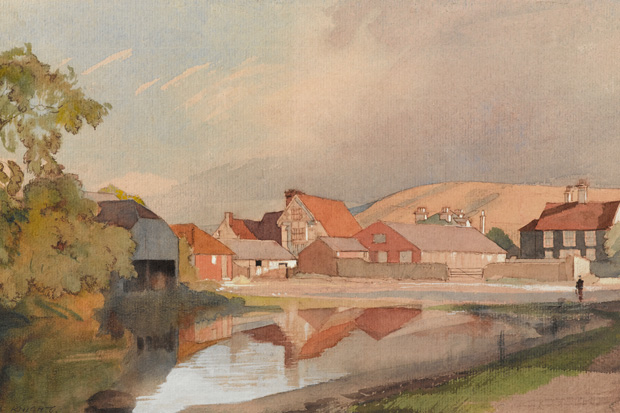
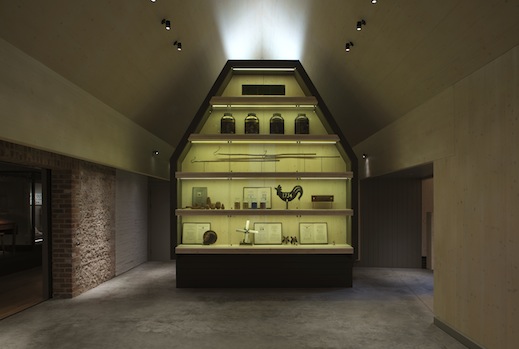
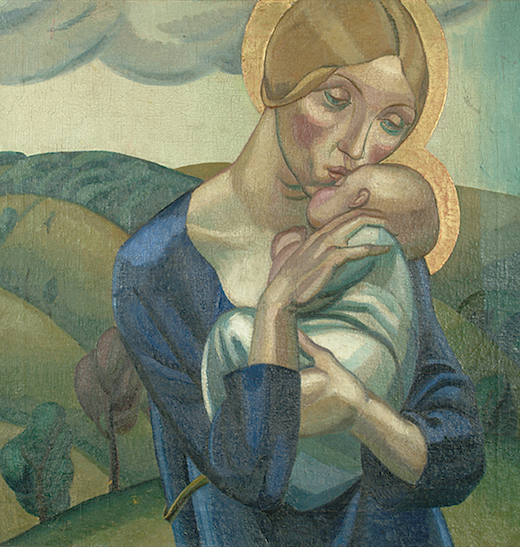
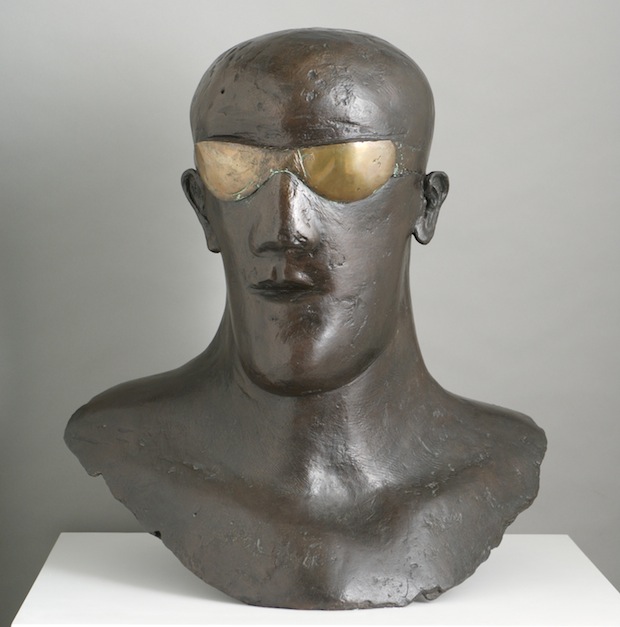


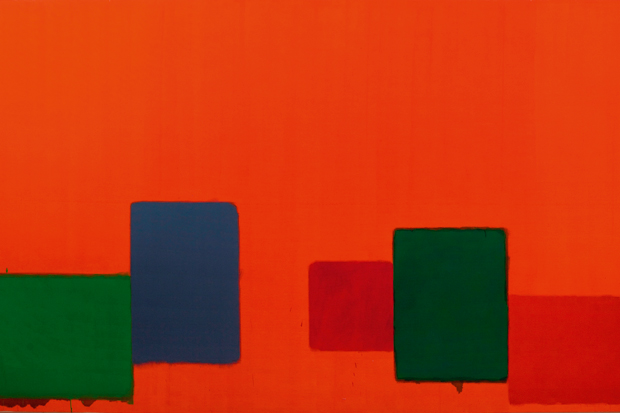
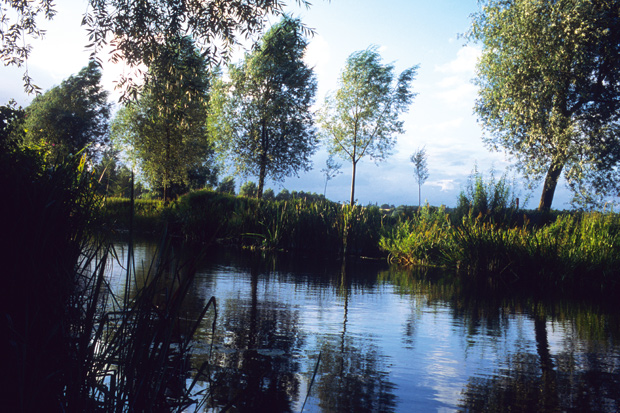






Comments
Don't miss out
Join the conversation with other Spectator Australia readers. Subscribe to leave a comment.
SUBSCRIBEAlready a subscriber? Log in